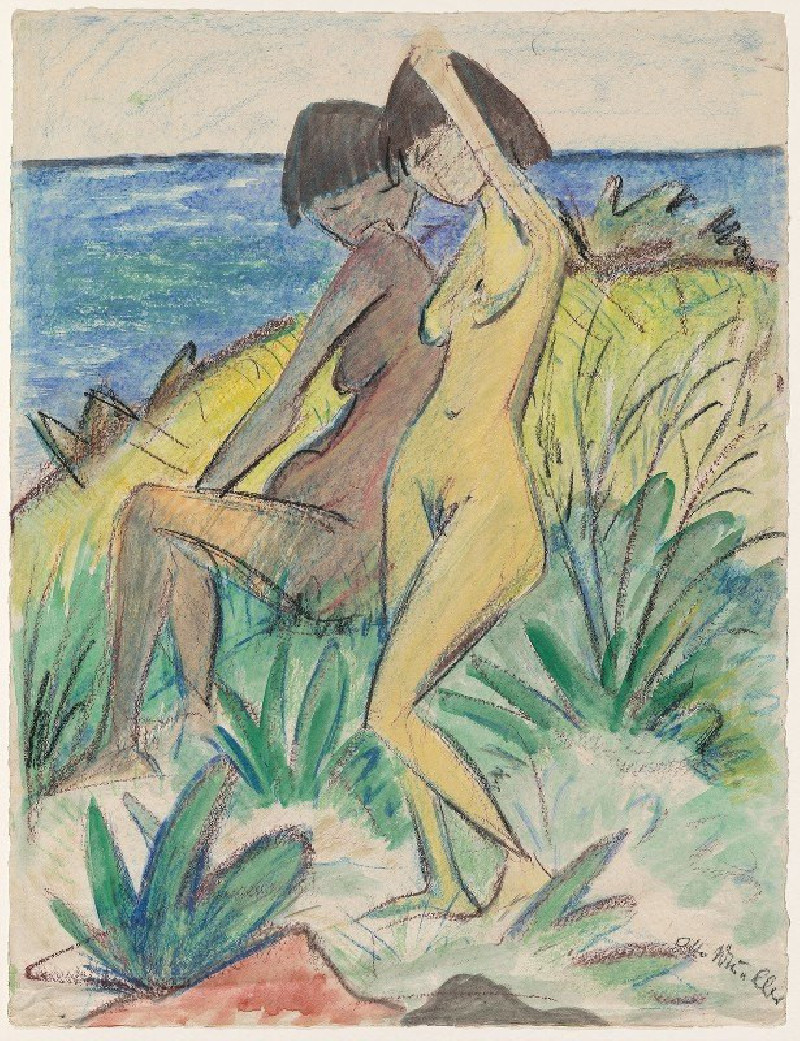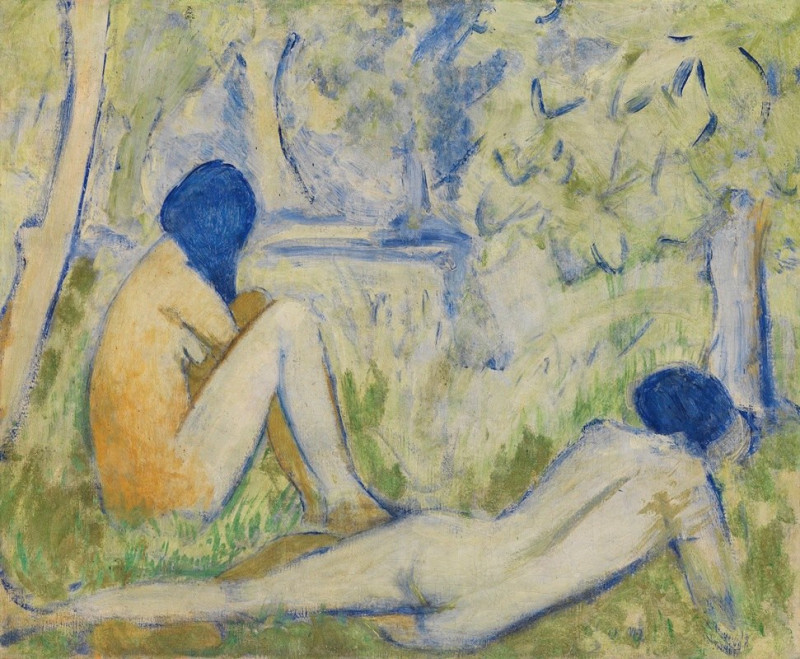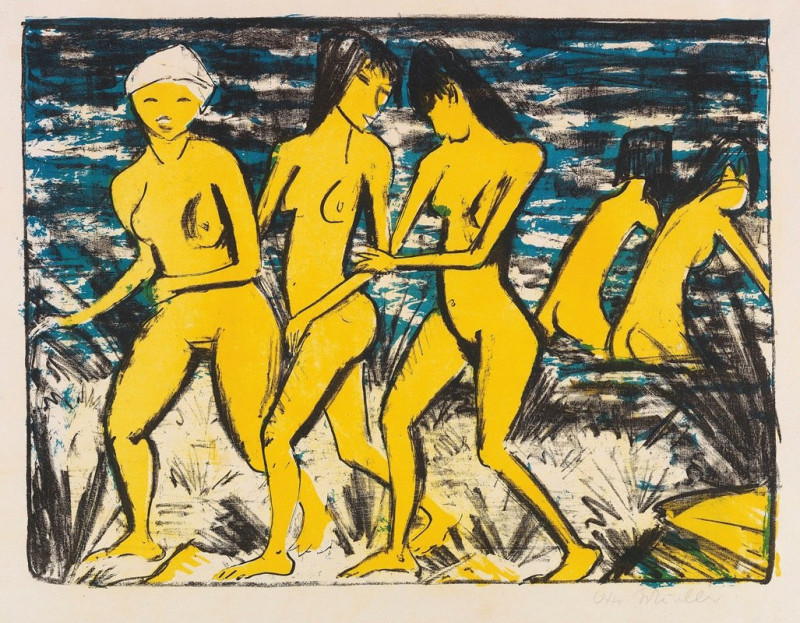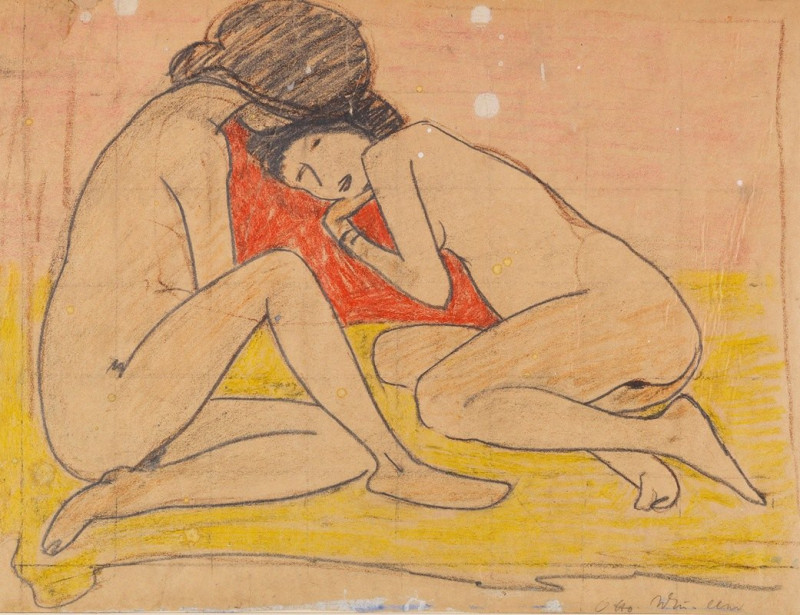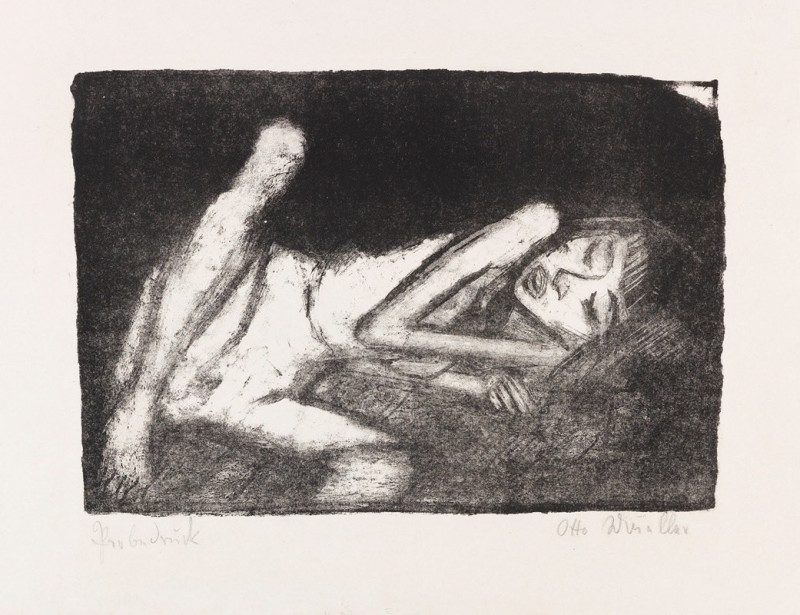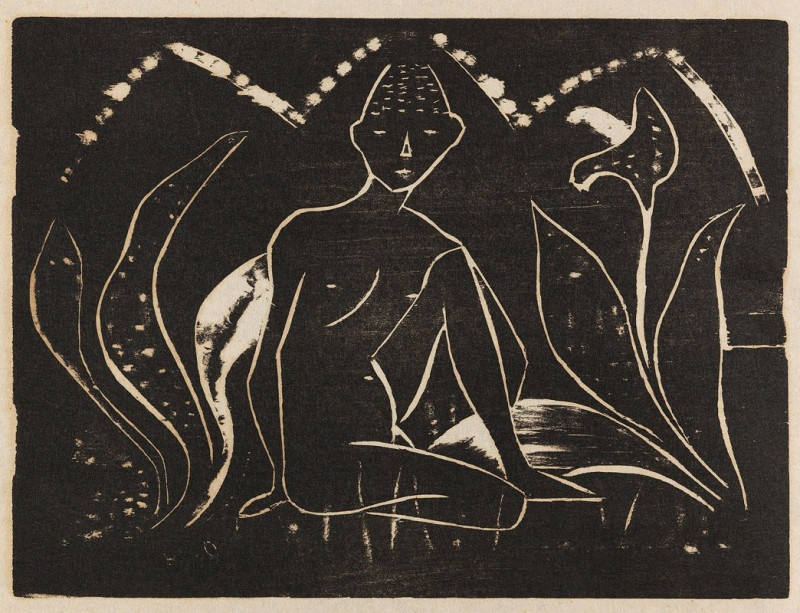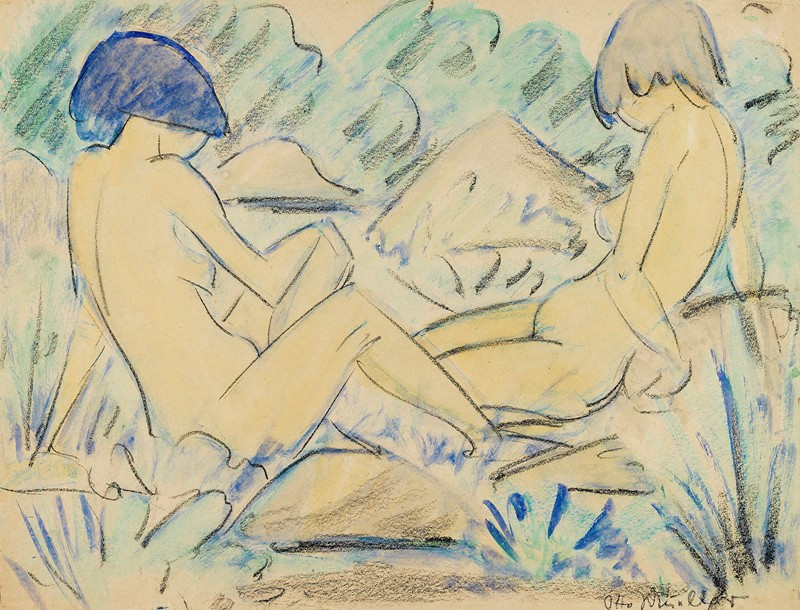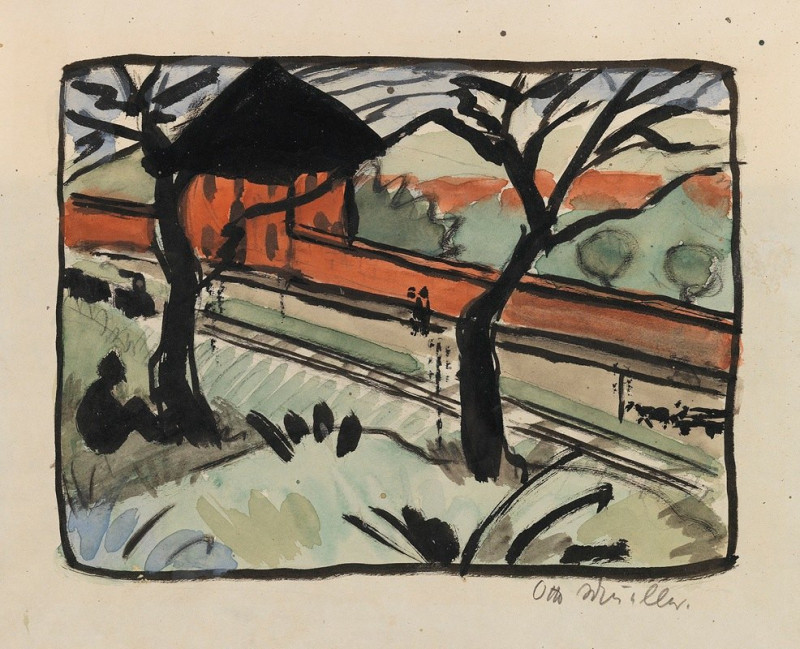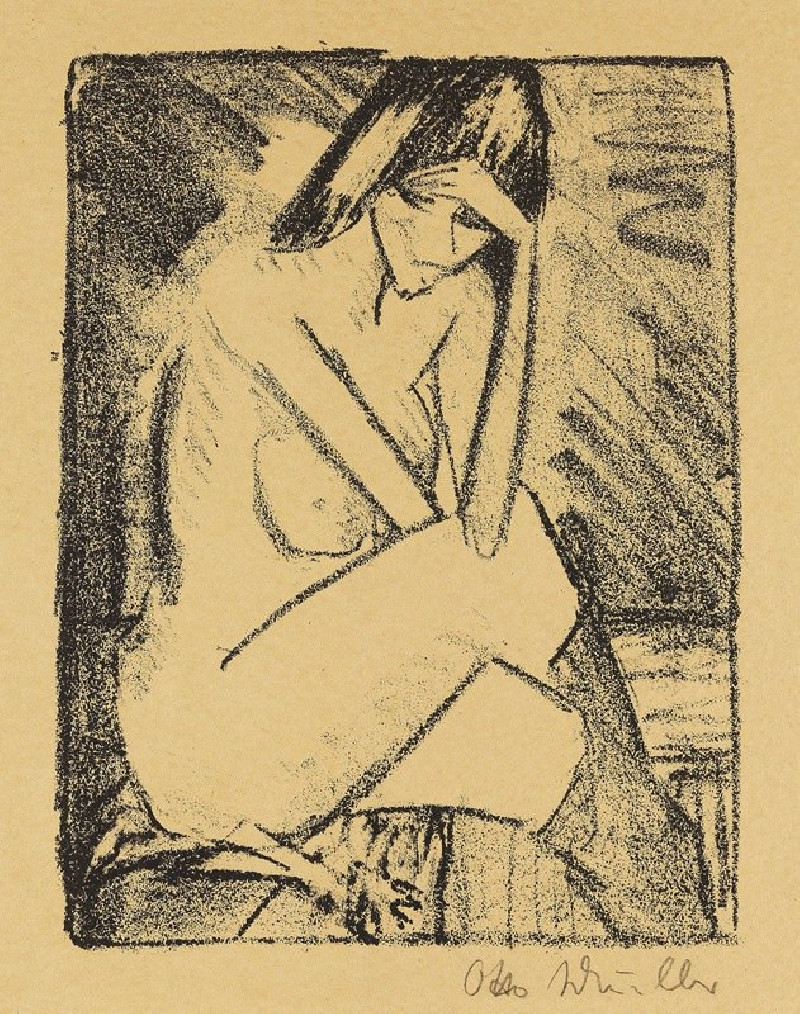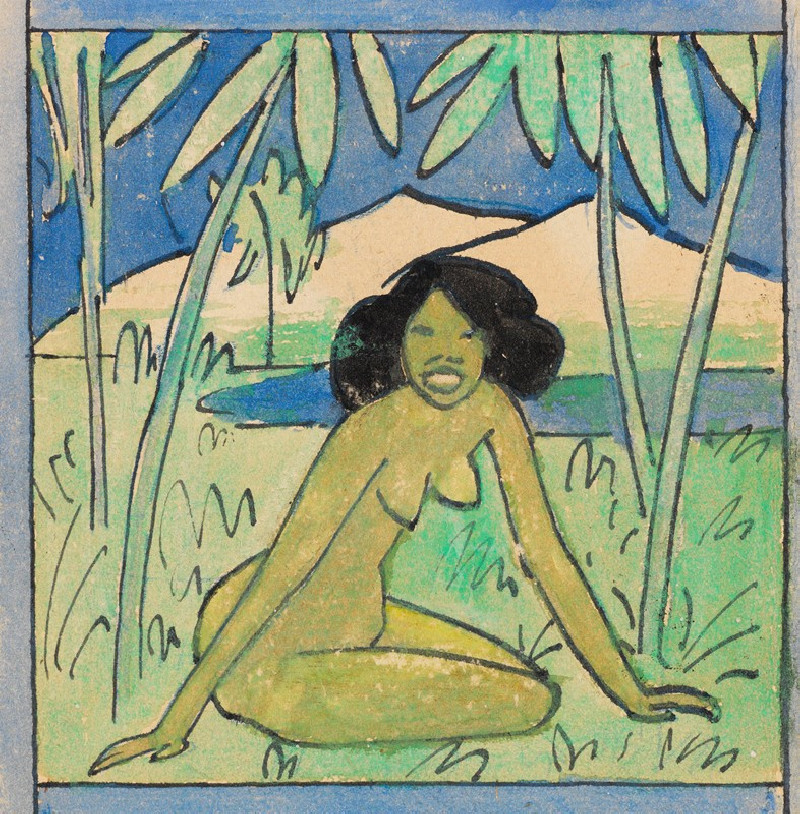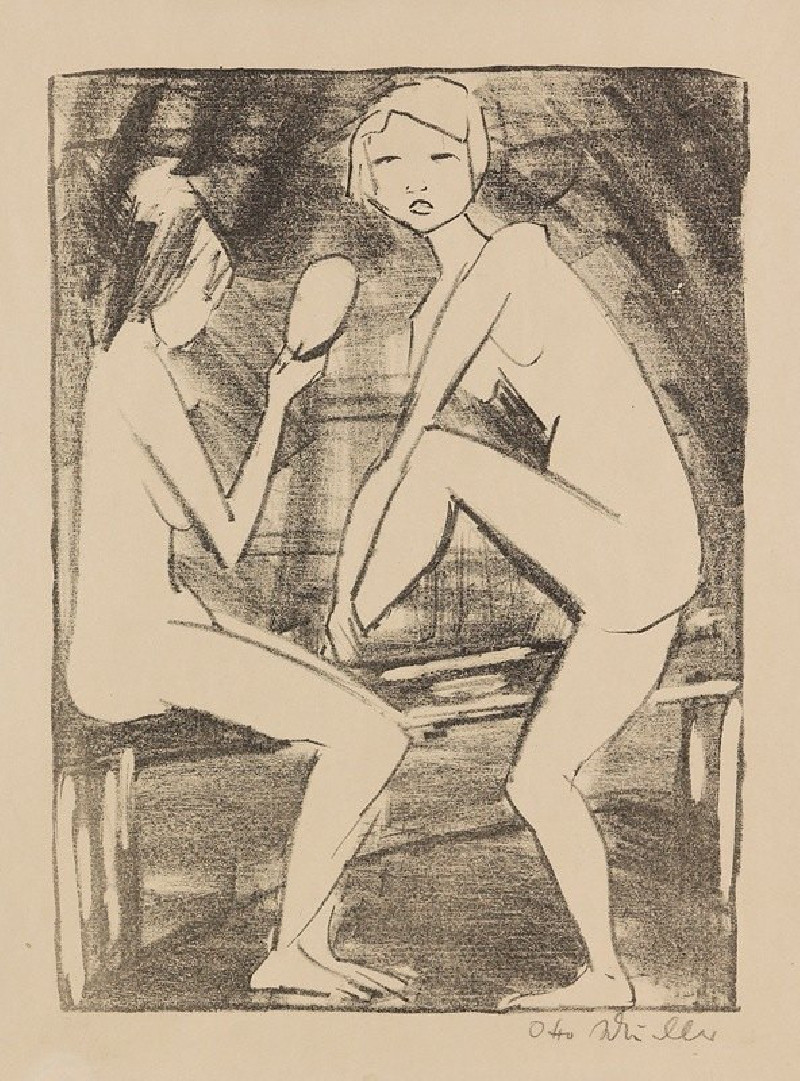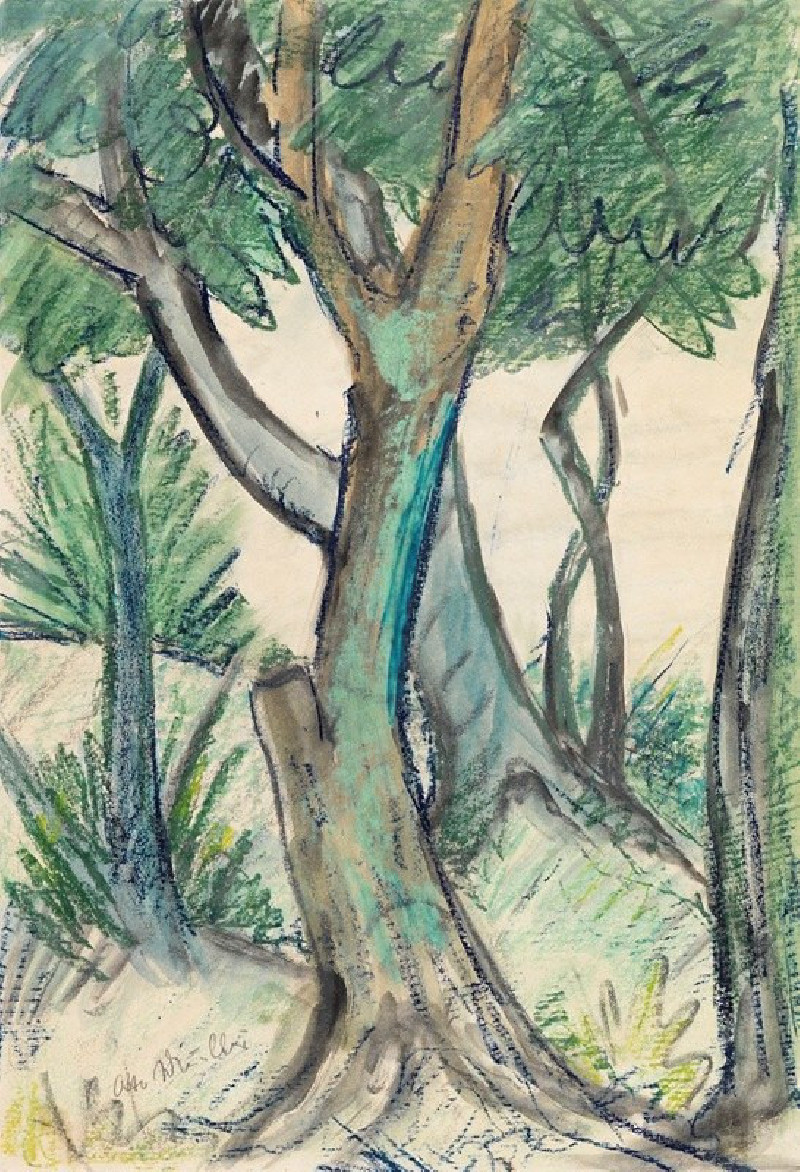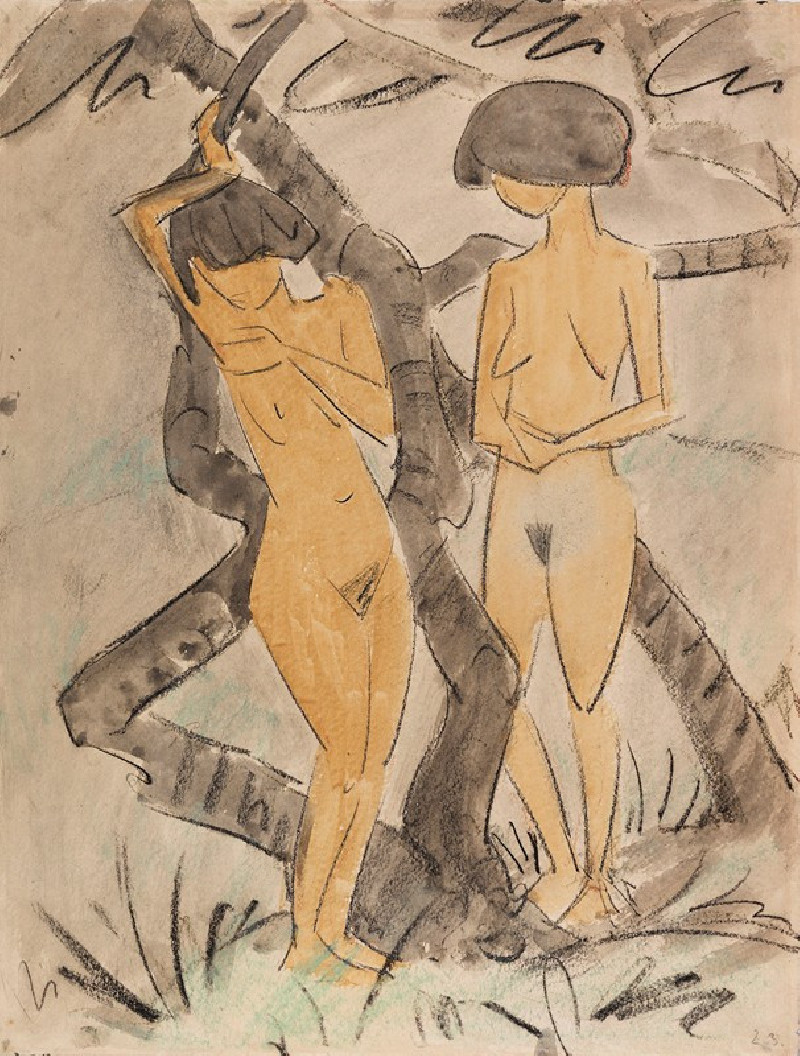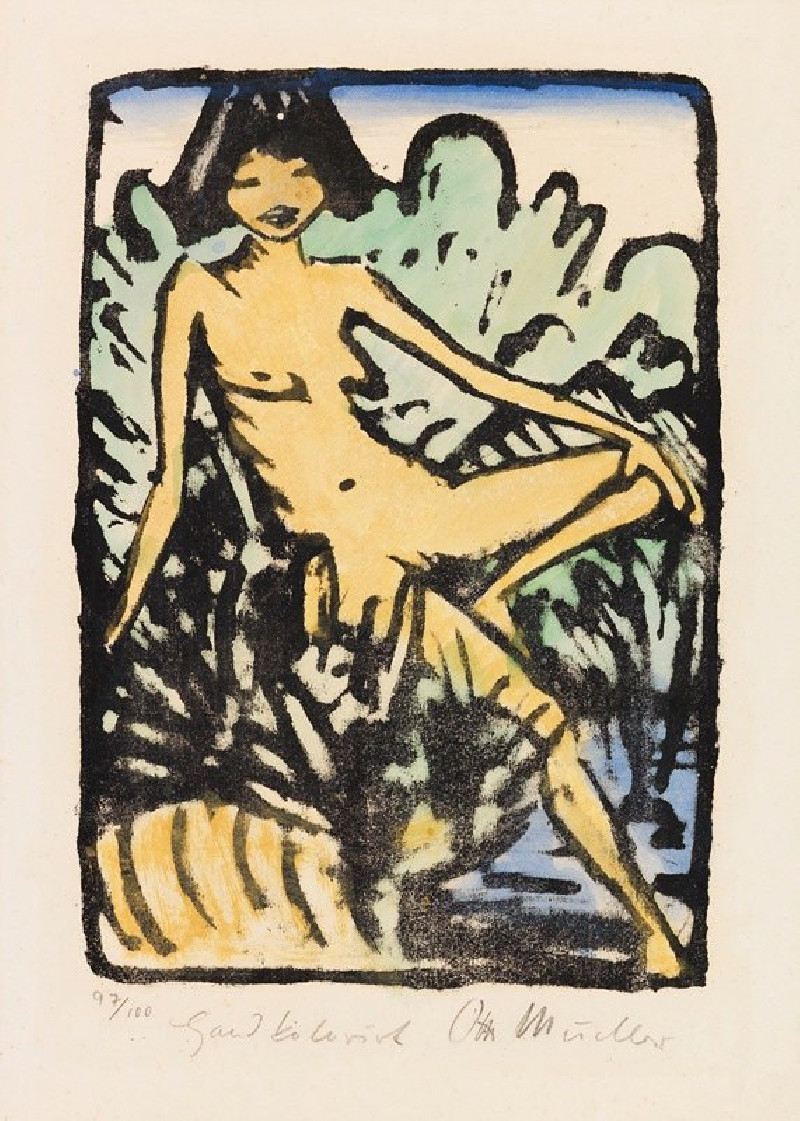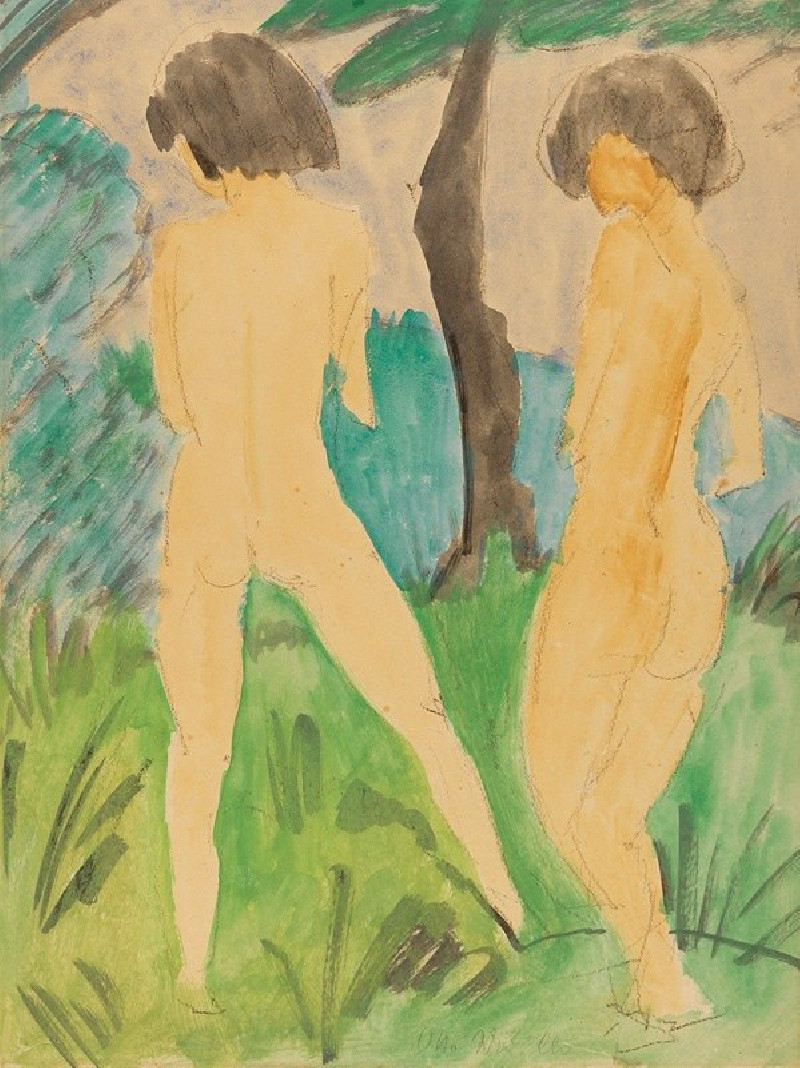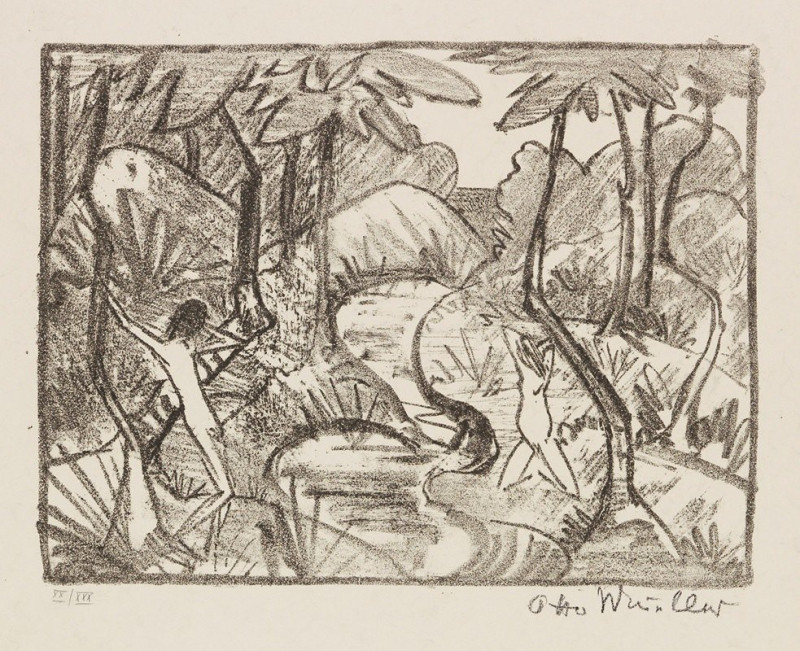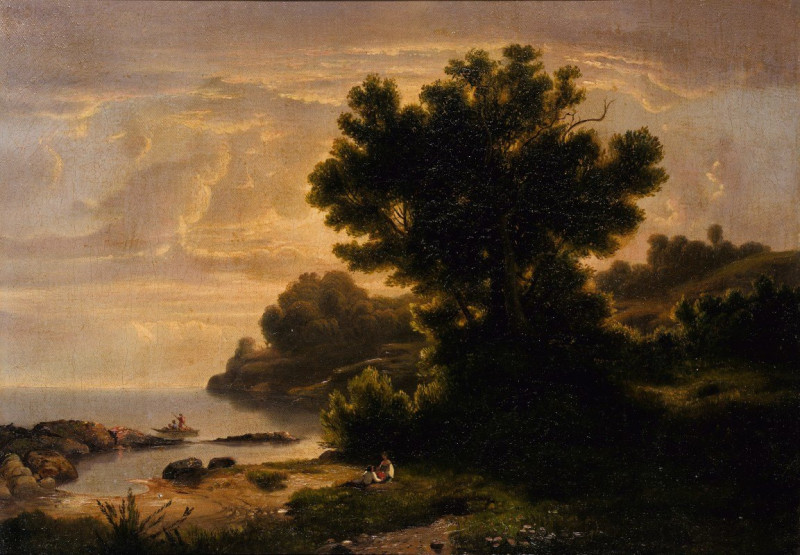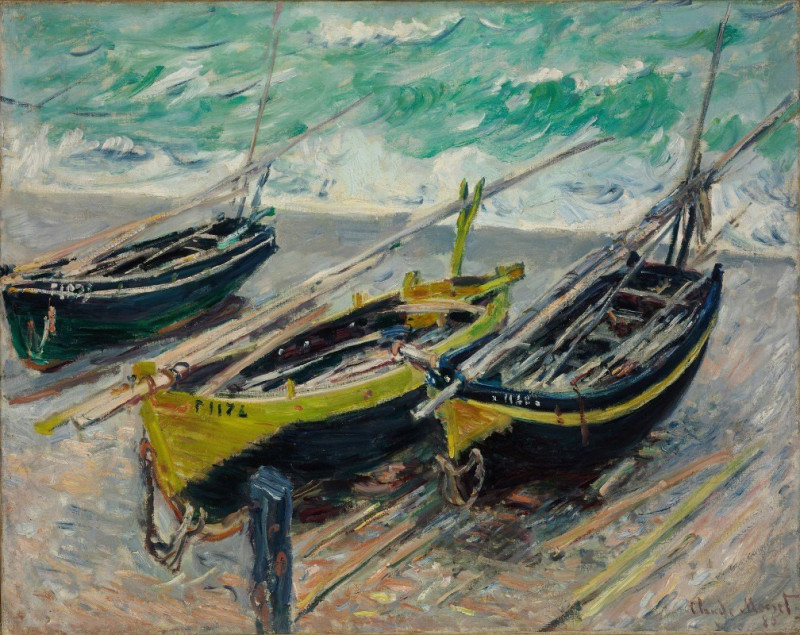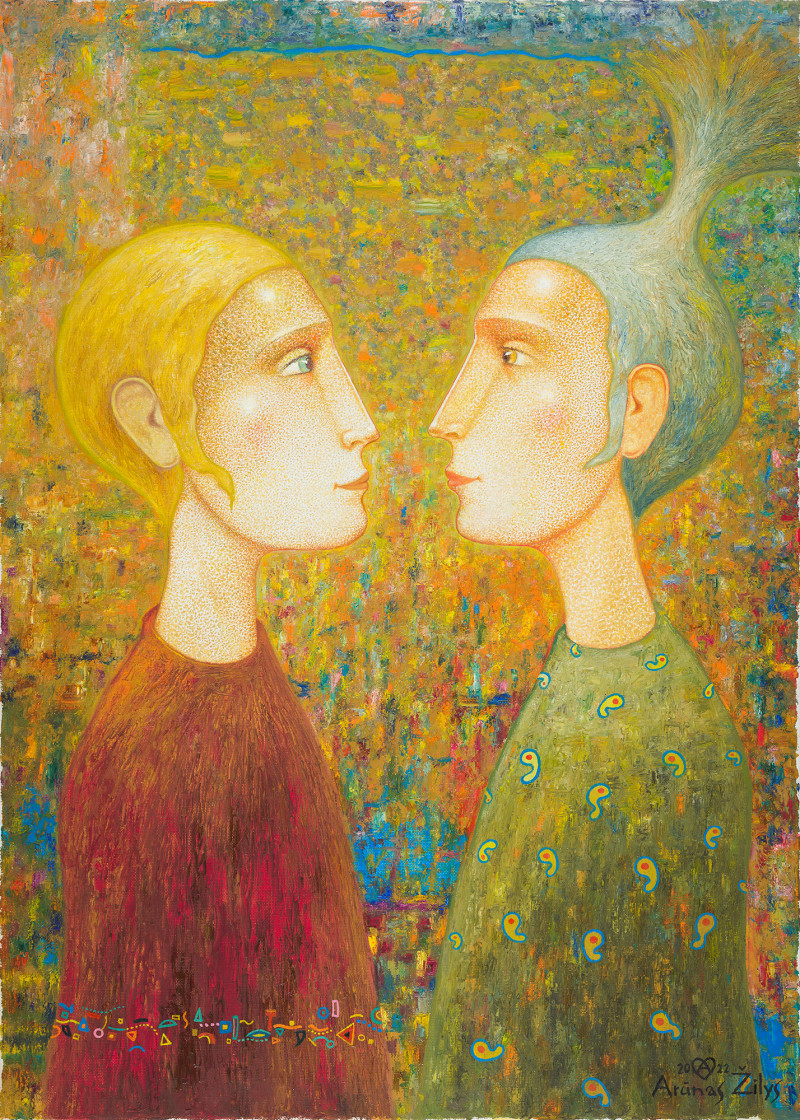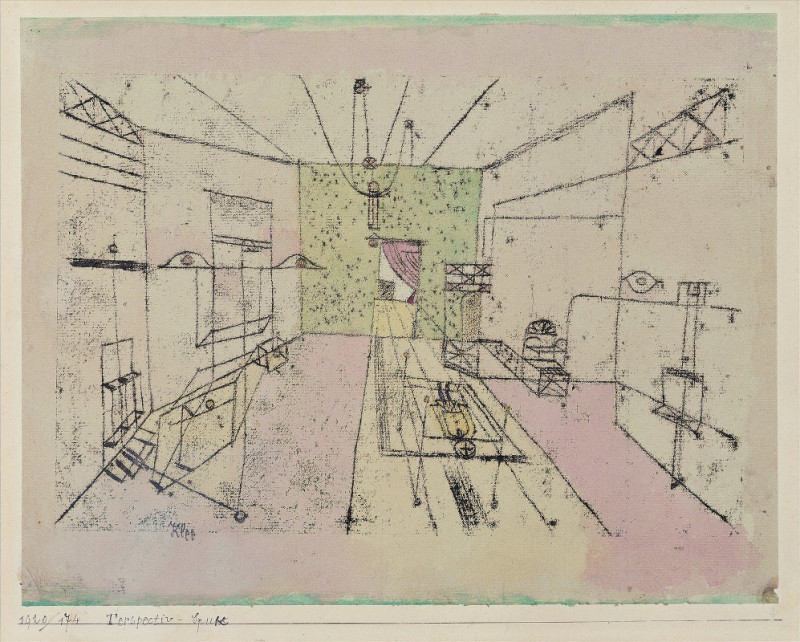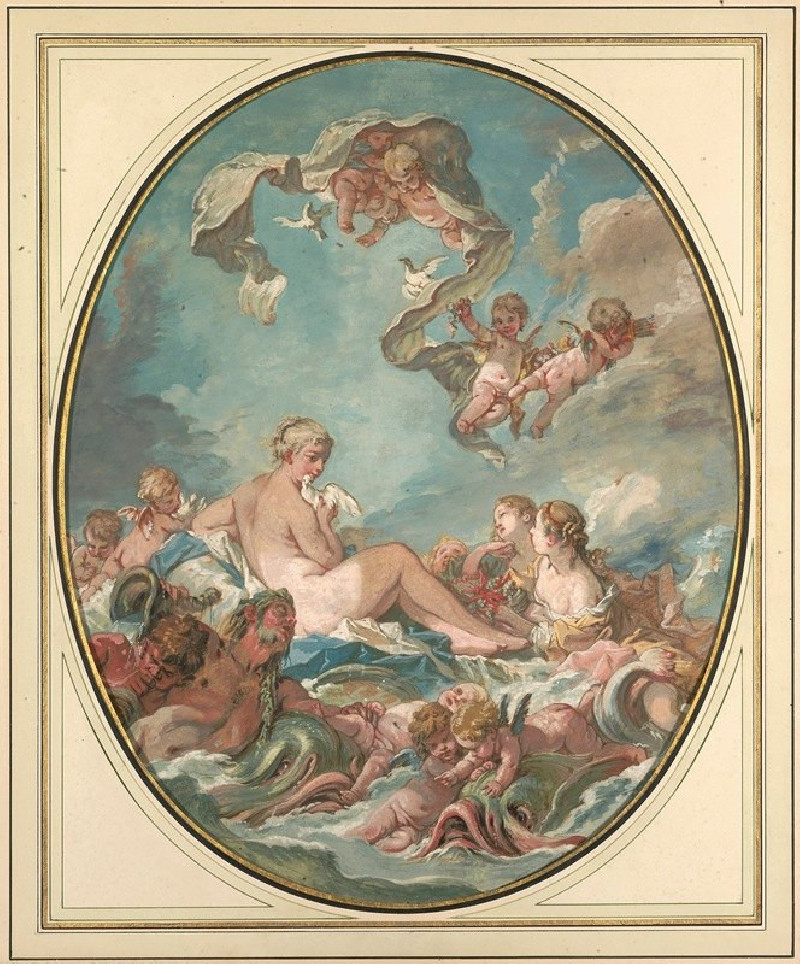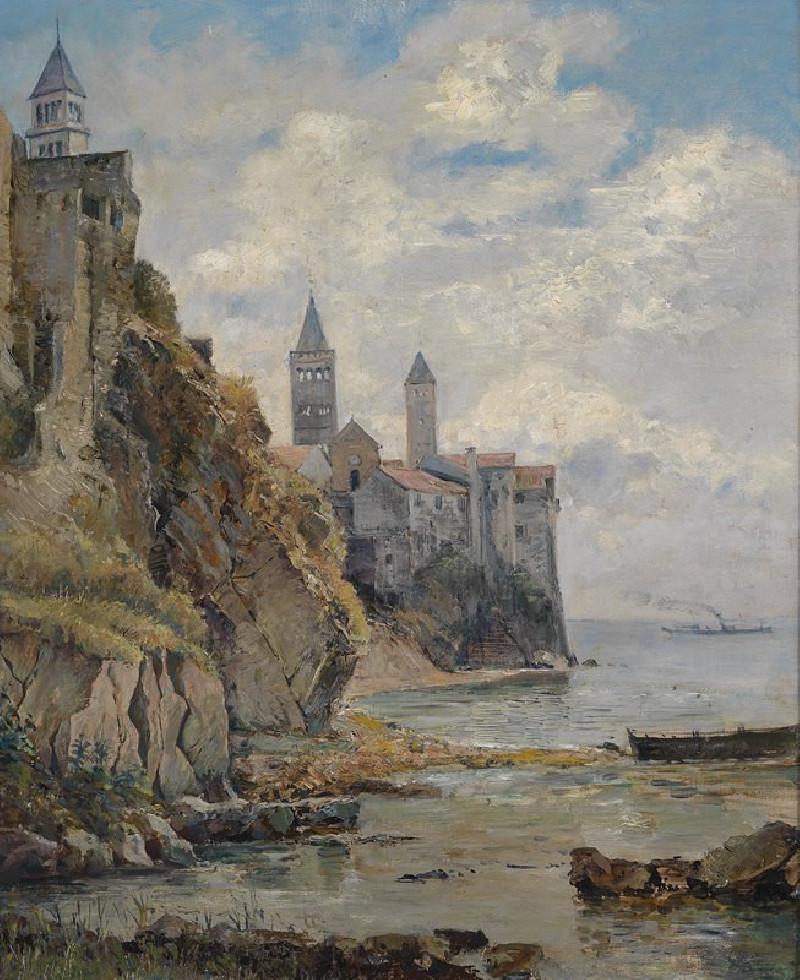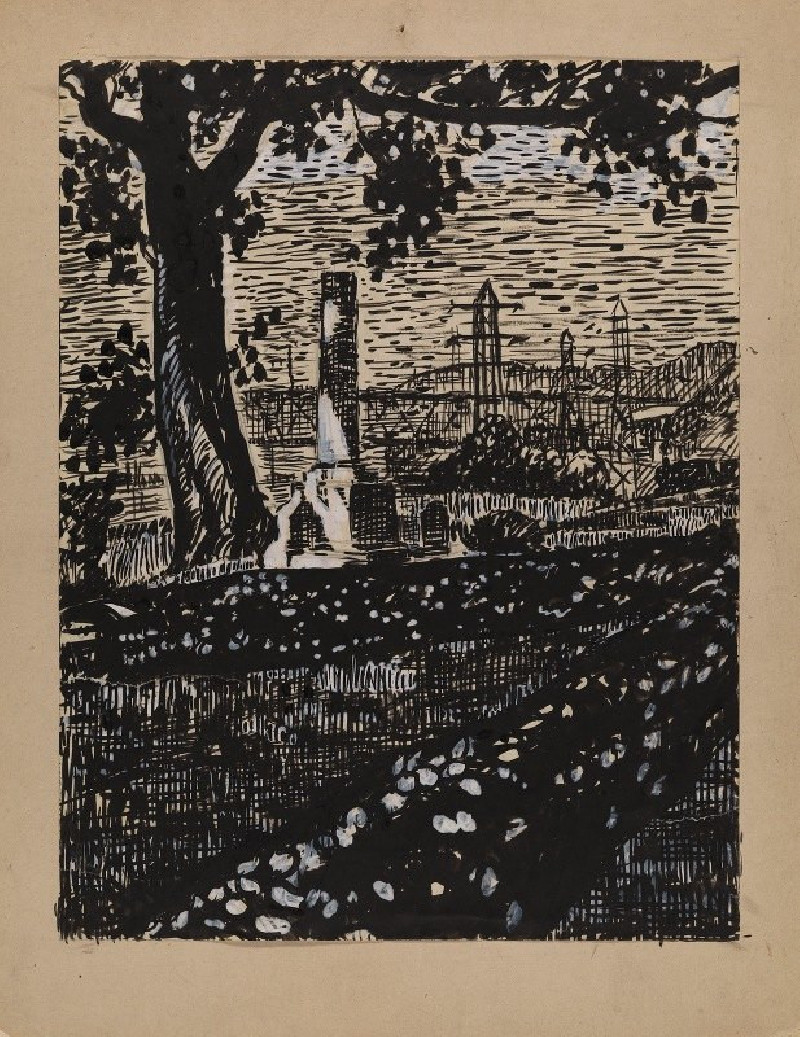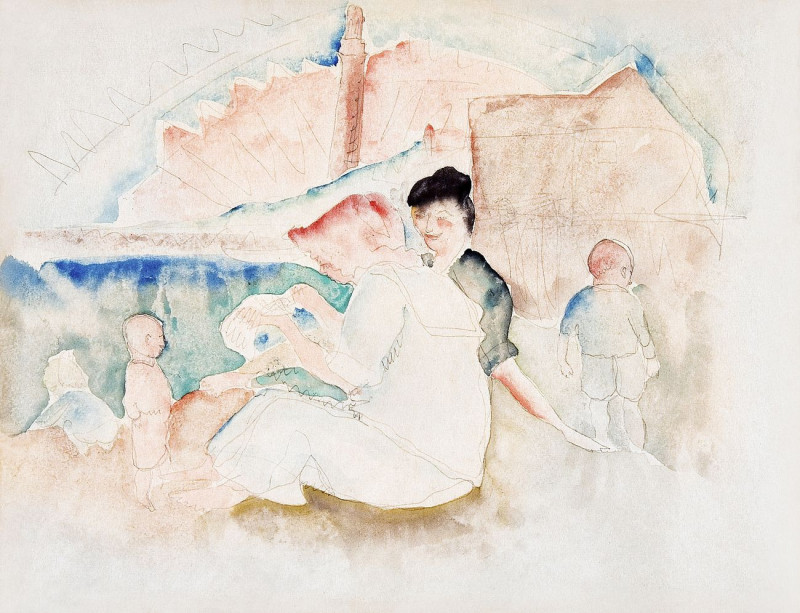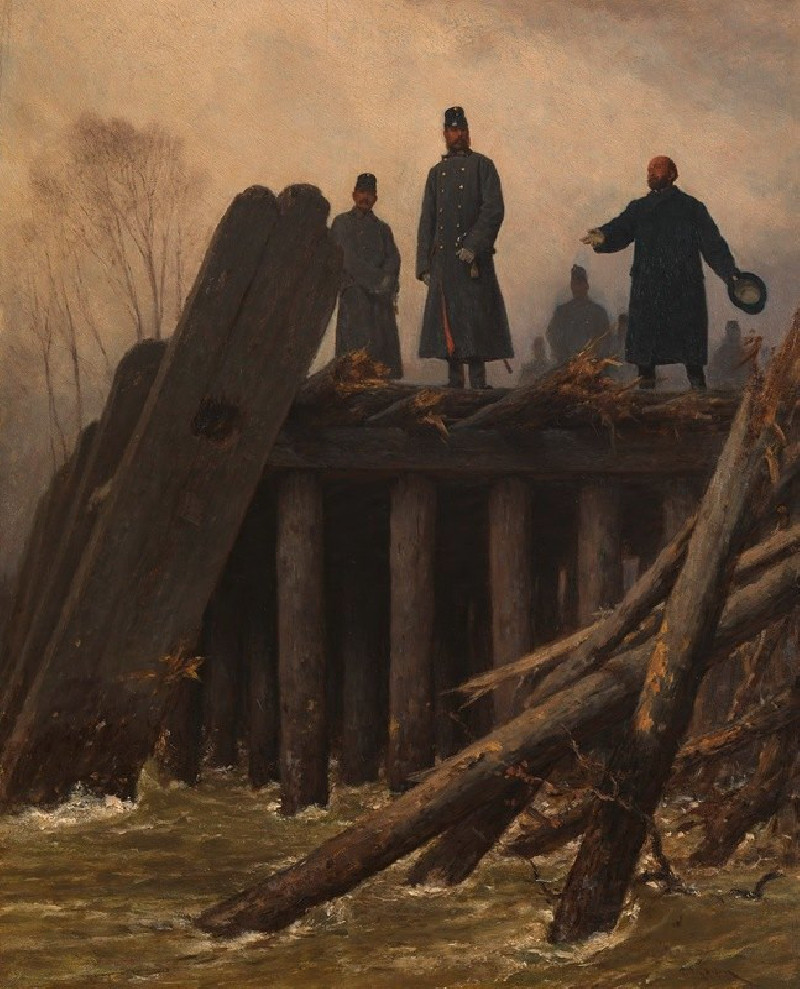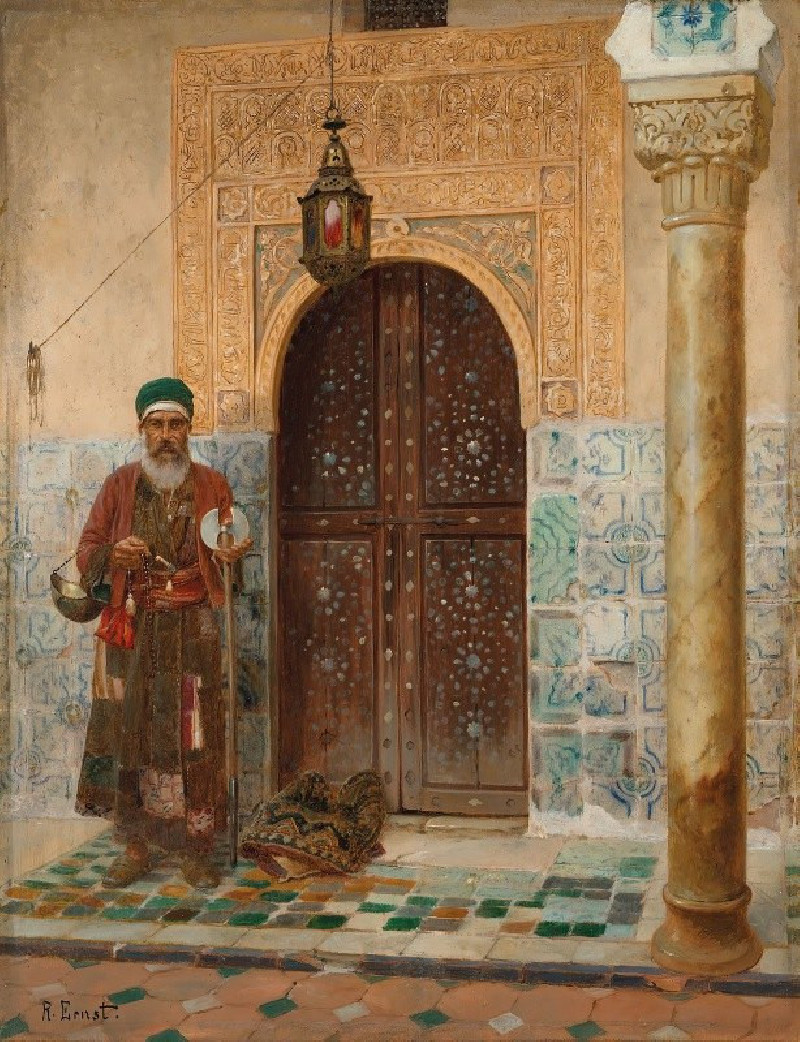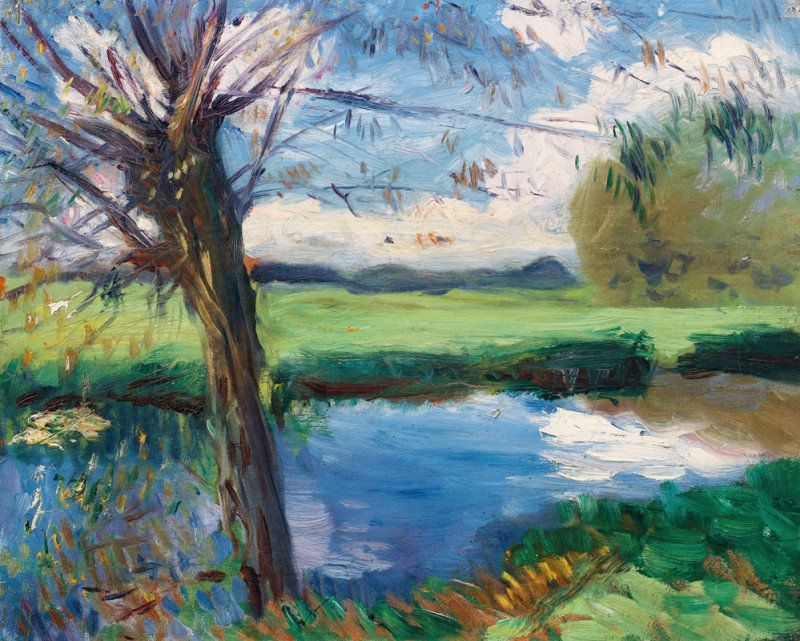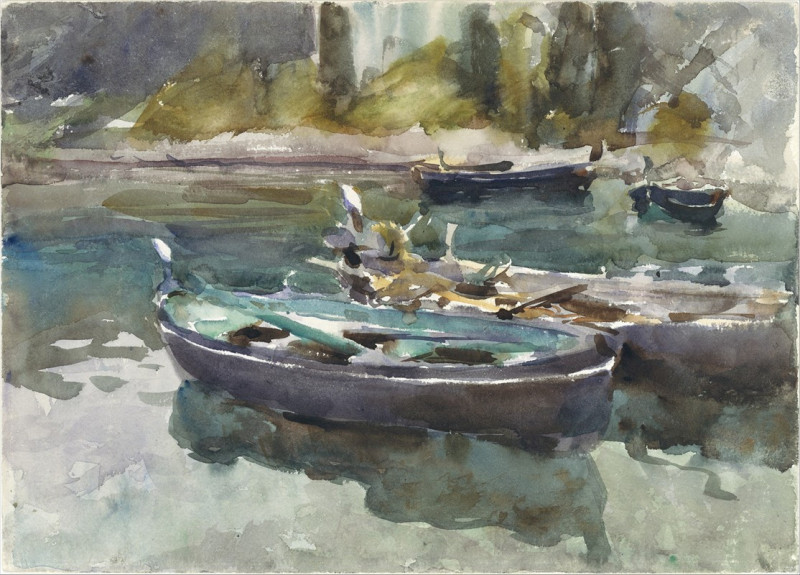Two Bathers (c. 1920)
Technique: Giclée quality print
Recommended by our customers
More about this artwork
Otto Mueller's painting "Two Bathers" (circa 1920), depicts a tranquil yet striking scene of two figures amidst nature. Set against a backdrop of vibrant aqua blues that suggest an expansive seascape, these two bathers — rendered with soft, elongated forms — appear almost intertwined with the lush, rich greenery surrounding them. The painting employs a mix of earthy tones and vivid greens, emphasizing the harmonious relationship between human and nature. Mueller's distinct expressionist style comes through in the simplified forms and the emotive use of color which conveys a sense of calm intimacy and the simplicity of a moment caught outside the bounds of everyday life. This artwork exemplifies a key theme in Mueller's work: the exploration of human figures in natural settings, characterized by a raw, primitive quality that evokes both a sense of peace and a deep connection to the environment.
Delivery
Returns
Otto Müller was a German painter and printmaker of the Die Brücke expressionist movement.
Mueller was born in Liebau (now Lubawka, Kamienna Góra County), Kreis Landeshut, Silesia. Between 1890 and 1892 he was trained in lithography in Görlitz and Breslau. From 1894 to 1896 he studied at the Academy of Fine Arts in Dresden and continued his study in Munich during 1898. He left Munich's academy after Franz von Stuck classified him as untalented.

